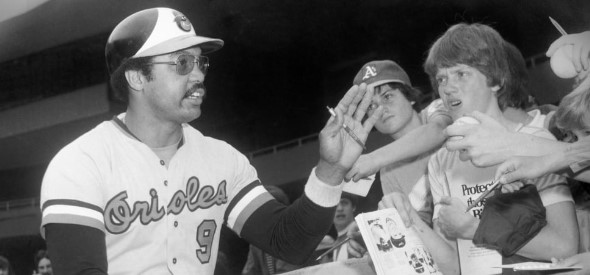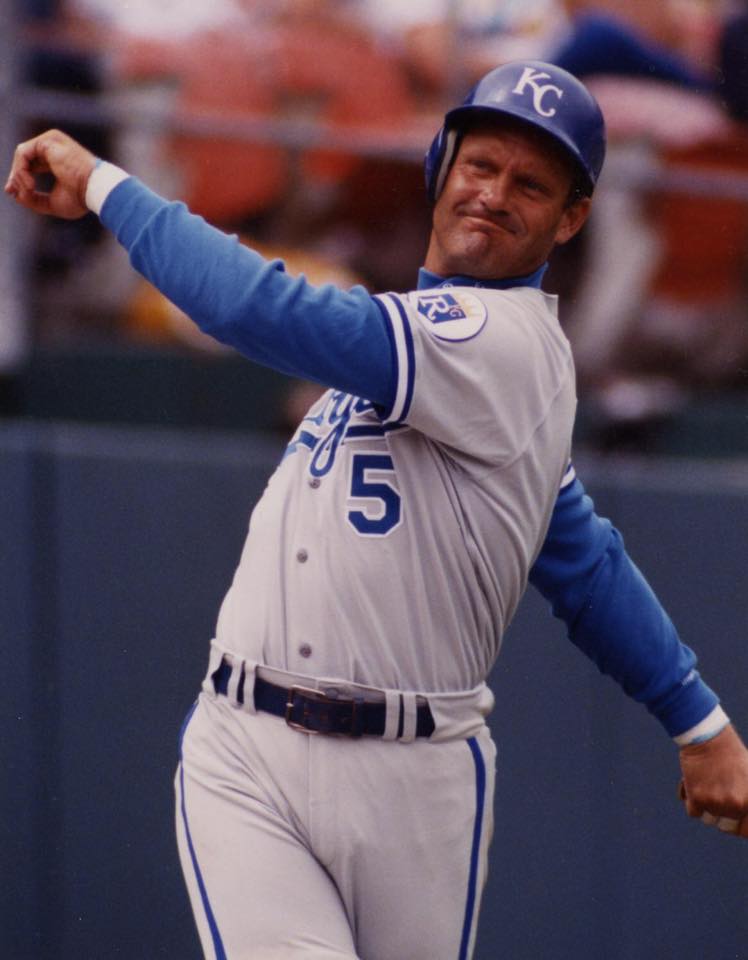On April 2, 1976, three-time world champion, and defending division champ the Oakland A’s make a blockbuster trade sending a future HOFer and All-Star pitcher to the Baltimore Orioles for players far below their caliber at the time, just prior to the start of the 1976 season. Why was REGGIE JACKSON traded to Baltimore?
Future HOF Reginald Martinez Jackson was no stranger to controversy or conflict throughout his career. Sports author Dick Crouser wrote, “Nobody seems to be neutral on Reggie Jackson. You’re either a fan or a detractor.”
When teammate Darold Knowles was asked if Jackson was a hotdog (i.e., a show-off), he famously replied, “There isn’t enough mustard in the world to cover Reggie Jackson.”
When the late Al Helfer was broadcasting the Oakland A’s games, he was not too enthusiastic about Reggie’s style. Once, with Jackson on third, teammate Rick Monday hit a long home run. To which Helfer said – ‘Jackson should score easily on that one.”
In June of 74, Jackson and Bill North got into a major clubhouse fight, because North didn’t like Jackson’s affiliations. That brawl ended up putting catcher/peacemaker Ray Fosse on the DL for 3 months with a crushed disk.
Later that season, Jackson’s mood soured over the course of the season and during a game, he angrily threw a bat into the stands, where it narrowly avoided injuring manager Alvin Dark’s wife and two young boys.
Although Jackson said he respected A’s owner Charles Finley, he also publicly said, that Finley was a sharp businessman who taught him many things about the world of business, but said above all else, “he was cheap.”
With the new era of Free agency upon MLB, the 3 time champions were about to get raided. Finley lost Catfish Hunter over an annuity payment.
Jackson had been award a huge salary increase through arbitration in 74 and 75 and Finley was not going to pay Reggie, after Catfish Hunter received a, at the time mamouth contact from the Yankees, it was clear Jackson was going to be in line for a large payday.
Finley had been shopping Jackson since the start of the 1975 season, with Jackson’s free agency unavoidable after the 1976 season, Oakland owner Charles Finley traded on the future Hall of Famer on April 2 in the six-player deal. HE traded all Star Pitcher and the winning pitcher in game 7 of the 73 WS Ken Holtzman, to Baltimore for Don Baylor, Mike Torrez, and Paul Mitchell.
At the conclusion of the 1975 season, Jackson was ranked second in home runs all-time for the franchise with 269, he was 4th in RBI’s with 776. He won an MVP, World Series MVP, 6 All-Star appearances. His 1969 season was the best in Oakland A’s history until Rickey Henderson won the MVP in 1990 and remains tied for second if you consider his WAR stat. Jackson was stunned when the trade actually happened himself would later say “my years in Oakland were the best of his career.”
The trade was not without risk for the Orioles, Jackson had not signed a contract and threatened to sit out the season; he reported to the Orioles four weeks later, and made his first plate appearance on May 2. Baltimore and Oakland both finished second in their respective divisions in 1976.
Jackson’s actions had lingering effects on both teams. With Jackson the Orioles were 20 games over 500, the A’s finished just 3 games out of first without Reggie. If he had played a full season for either team they both could have made the playoffs in 1976.
Jackson will later play with Mike Torres for the 1977 World Champion NY Yankes and with Don Baylor on the 1982 California Angels that came up short in the ALCS vs the Brewers.
Jackson played on teams that made the playoffs 5 out of next 7 seasons and played on 2 more World Series winning teams, Oakland only made the playoffs once during the balance of his career and they were swept by Jackson’s Yankees in 1981.






